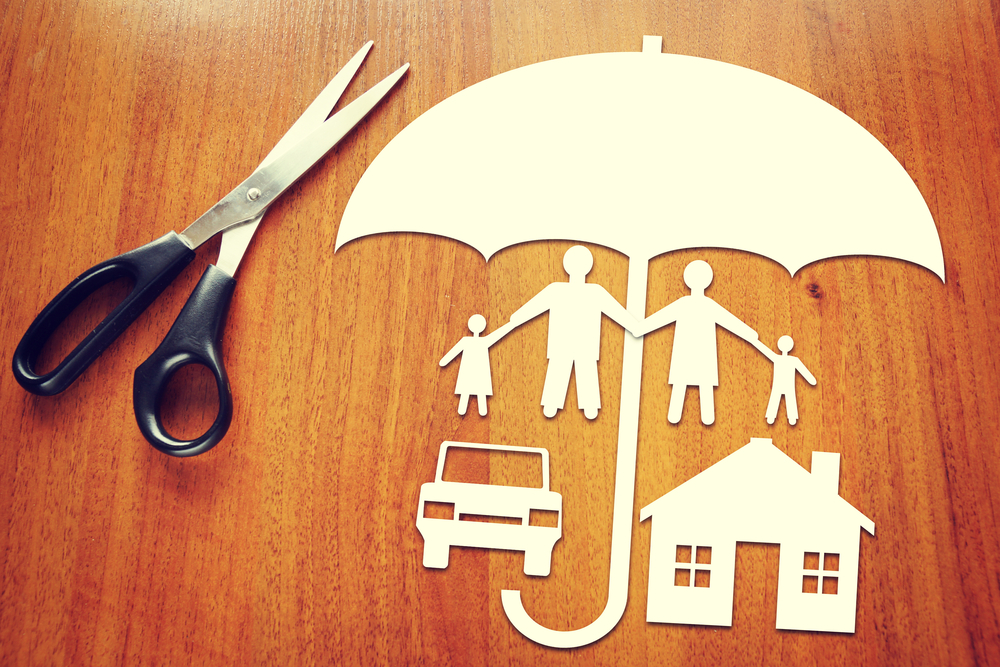Insurance
‘It won’t happen to me’ and other barriers to buying protection

The belief that premiums are too expensive is one of the top reasons given as to why people haven’t taken out protection.
Seven in 10 believe the cost would be too much while for others, they believe they won’t get ill or that they don’t need insurance.
According to Royal London’s ‘State of the Protection Nation’ report, 46% said they felt they were unlikely to go on sick leave for three months or more and 44% thought they were unlikely to have an accident which would leave them unable to work.
A third said they thought it unlikely they would contract a serious health condition or illness.
But according to statistics, the chance of being off work for two months or more before the age of 65 is 26% for men and 37% for women.
The research also revealed that if illness were to strike, 43% said they felt they would be able to cope financially for a year if they were unable to work, while 55% said they could manage for six months. Seven in 10 said they could manage for three months.
Royal London found that just 3% of consumers had life insurance, 3% had critical illness cover and 5% had income protection through their employer. But the majority of people felt they didn’t need income protection (58%), critical illness cover (47%) and life insurance (34%).
One reason given is inertia as 20% of full-time working people recognise they need income protection but don’t have a policy. Over a third (38%) of people working full-time feel they don’t need income protection, but just 8% said they didn’t need it because they had cover with their employer.
Life cover for homeowners
Nearly six in 10 people (58%) with a mortgage have life cover in place if the homeowner dies, leaving 42% unprotected. But Royal London found that 71% of people with a mortgage would have no protection in place if they were diagnosed with a critical illness, and 81% of mortgage owners have no income protection in place.
It said these are concerning statistics as people are far more likely to be diagnosed with a critical illness or have an injury that stops them working than to die before retirement age so more people should consider critical illness or income protection.
Toby Bainbridge, head of protection solutions at Royal London, said: “The research reveals that the industry has work to do, to change people’s mindset, so they see protection as a necessity instead of something they don’t need.
“Sadly it’s only when illness strikes or an accident happens that people realise how valuable the financial protection from an income protection or critical illness plan can be. This will be a challenge to overcome as time and again people say insurance is expensive and won’t payout which clouds their view of the market. We need a concerted effort by the industry to address these misconceptions.”
Bainbridge added that buying a home and starting a family are still the two main triggers for buying protection, but this leaves working renters vulnerable to losing the roof over their head if illness or an accident struck and they were unable to work.
“The need to protect their lifestyle is just as important as it is for homeowners,” he said.